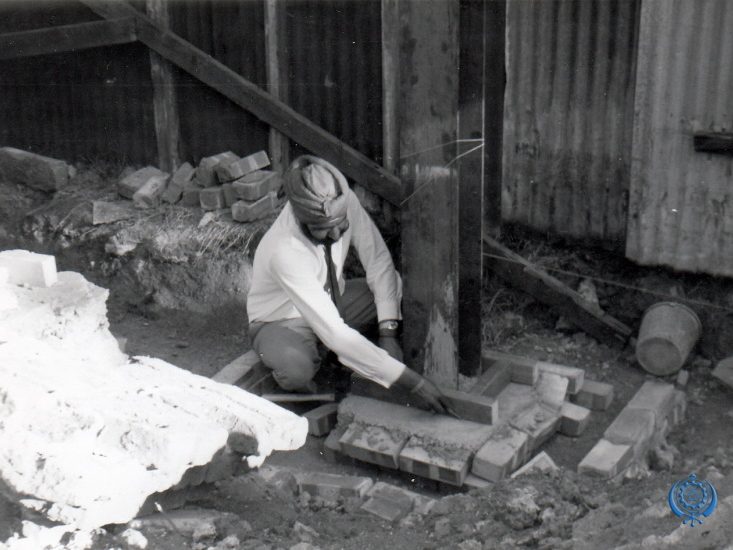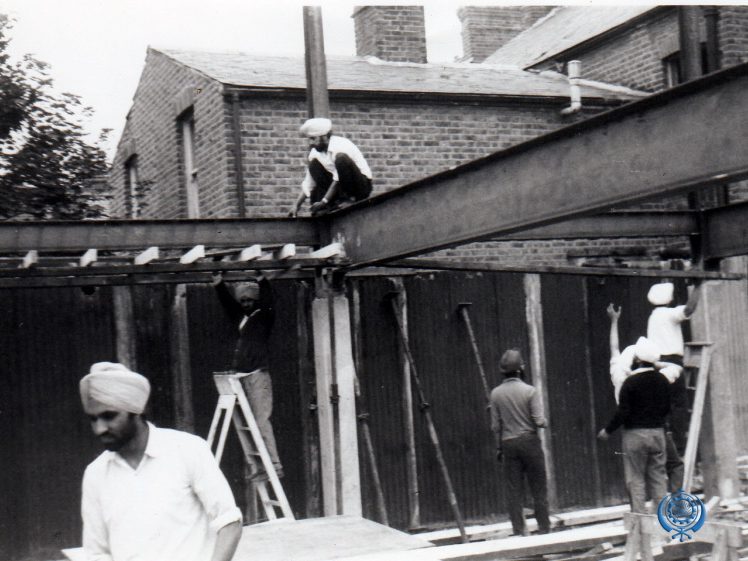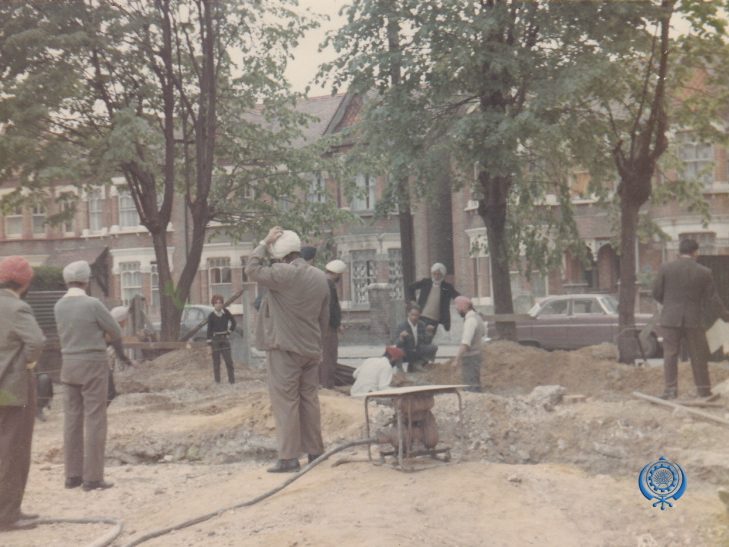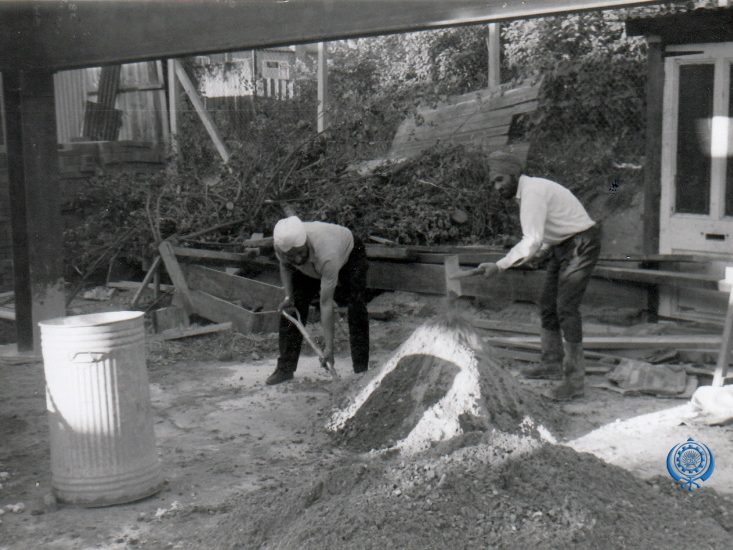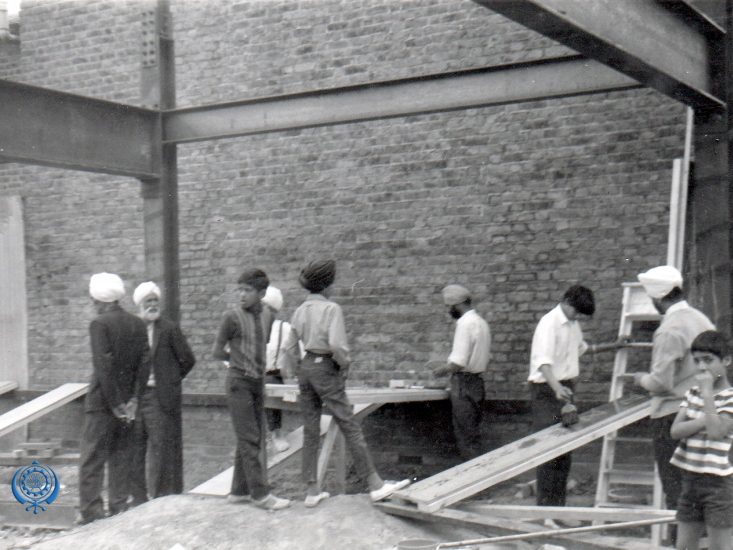In 1959, many respected individuals journeyed to England, driven by the desire for a better life despite the challenges that lay ahead. One of their first hurdles was finding housing, as potential landlords often turned them away based on their appearance.
After persistent efforts, they secured a place to call home. Recognizing the need for a Gurdwara for future generations—since there was only one in the country at the time—they embarked on a quest for land. Their determination paid off when they acquired a site on Oswald Road in Southall. In 1969, they purchased a property that had once been a laundry, requiring immense dedication to transform it into a Gurdwara.
With limited funds, they undertook the construction with the power of their volunteer spirit. The construction of Ramgarhia Sabha began in 1970, with workers pouring their Sundays and evenings into this meaningful project.
In 1974, the Ramgarhia Sewak Jatha and the Ramgarhia Education and Music Academy came to life. Between 1989 and 1990, they purchased an Old Rectory site for £1 million, which included three acres of land for sports and educational development, exemplifying their commitment to growth.
Ramgarhia Sabha captured media attention with inspiring articles like “Sikhs on Target: £1 Million Sports Complex” and “Self-Help Sikhs Build New Temple.” The Gurdwara was realized in 1971, completed in just a year through the dedication of volunteers.
Yet, shortly after its opening, the need for expansion became clear. To accommodate the flourishing community, they acquired several houses—one for the Gurdwara’s growth and another to provide shelter for those in need. A house at the back of the Gurdwara now serves as a welcoming library.
In 1971, Ramgarhia Sabha further expanded by purchasing a hall, which opened in 1974. This hall became a hub for karate, table tennis, hockey, and badminton, as well as a venue for community meetings, fostering unity and engagement.

